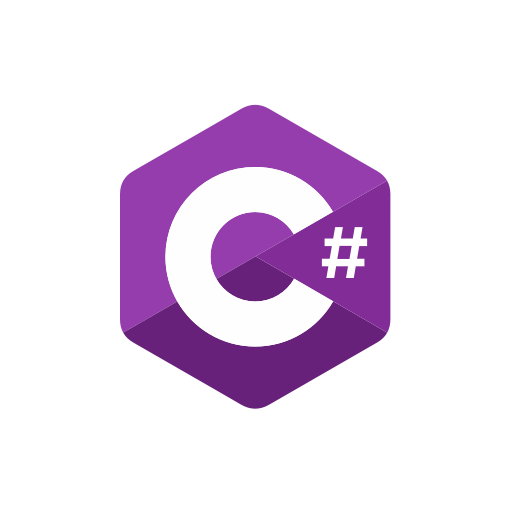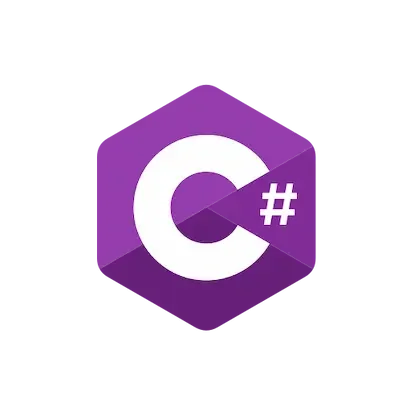
Understanding Value Types vs Reference Types in C#
Value and reference types behave differently in C#, affecting how data is stored, copied, and passed around.
This guide breaks down stack vs heap memory, explains nullable types, and shows practical examples to help beginners avoid common bugs and write more efficient, predictable code.

Mastering the using Statement and IDisposable in C#
The using statement in C# isn’t just a convenience — it’s a key tool for safe resource management.
Learn the difference between using directives at the top of a file and using blocks in code, understand how IDisposable works, and see how proper disposal prevents leaks and makes your programs more reliable.

What Are Assemblies in C#: A Complete Beginner’s Guide
Assemblies are the backbone of every .NET application. This beginner-friendly guide explains what assemblies are in C#, how they bundle IL code, metadata, and resources, how the CLR loads and verifies them, and why they matter for deployment, versioning, localization, and debugging.

Difference Between const, readonly, and static in C# (With Examples)
Confused about when to use const, readonly, or static in C#? This in-depth guide explains the key differences, performance impacts, and common pitfalls developers face. With real-world scenarios and best practices, you’ll learn exactly when to use each keyword for cleaner, safer, and more efficient code.

10 Lesser-Known C# Operators That Will Surprise You (With Examples)
Most C# developers know the basics like + and ==, but C# hides powerful operators that make your code cleaner, safer, and easier to maintain. In this post, we break down 10 underrated C# operators—with real-world use cases, “old way vs new way” comparisons, and practical examples of nullable types (int?, string?). Learn how to handle nulls safely, improve readability, and unlock advanced features that even experienced developers often overlook.